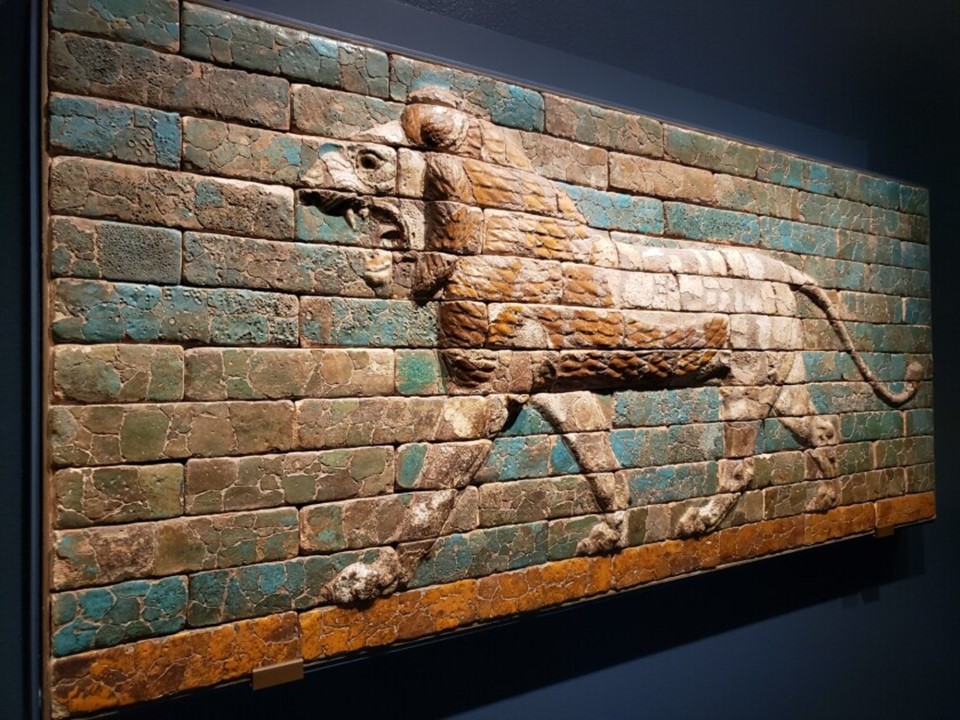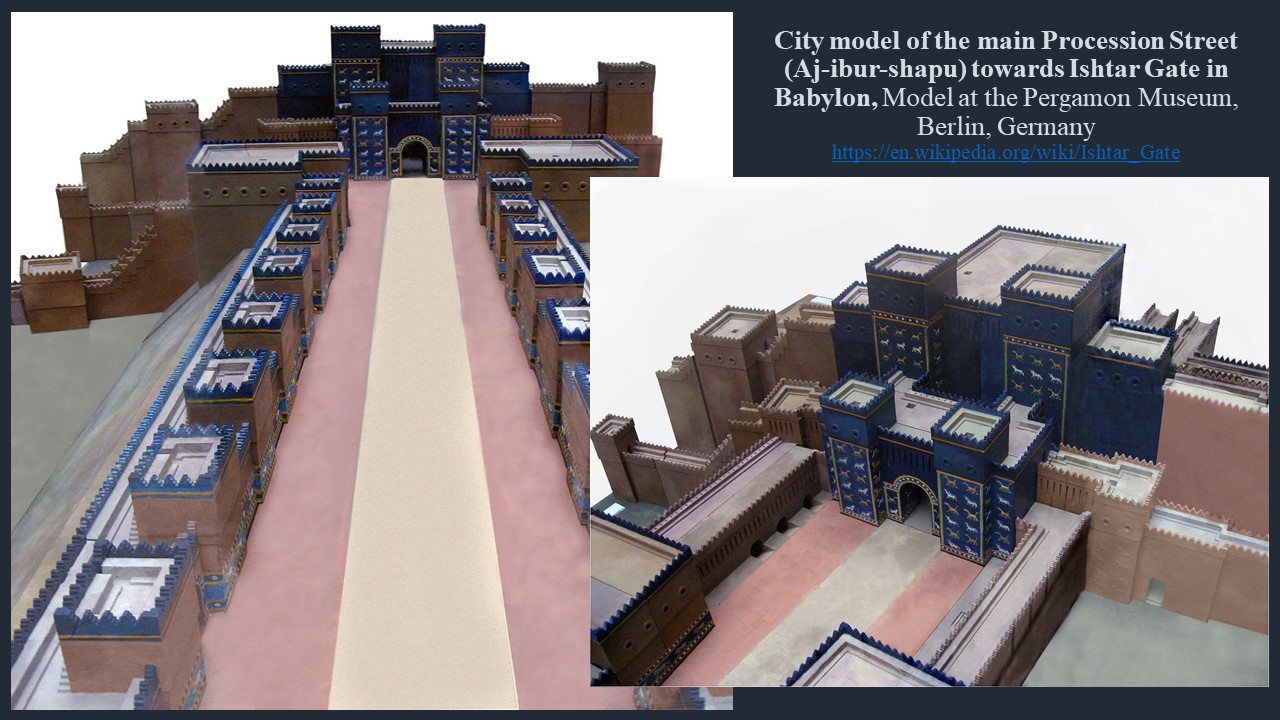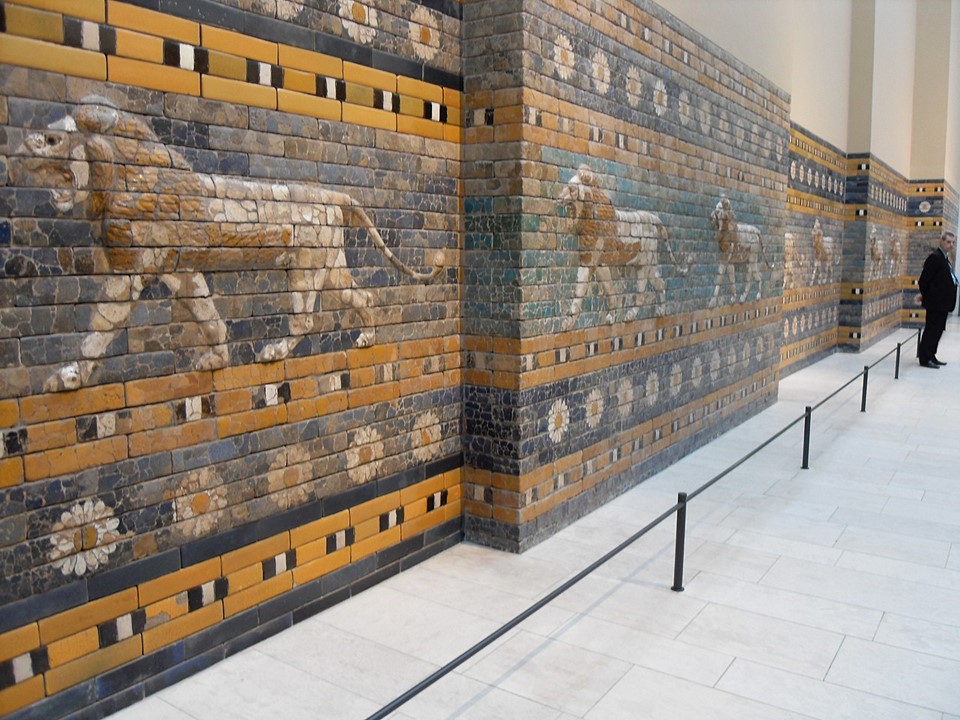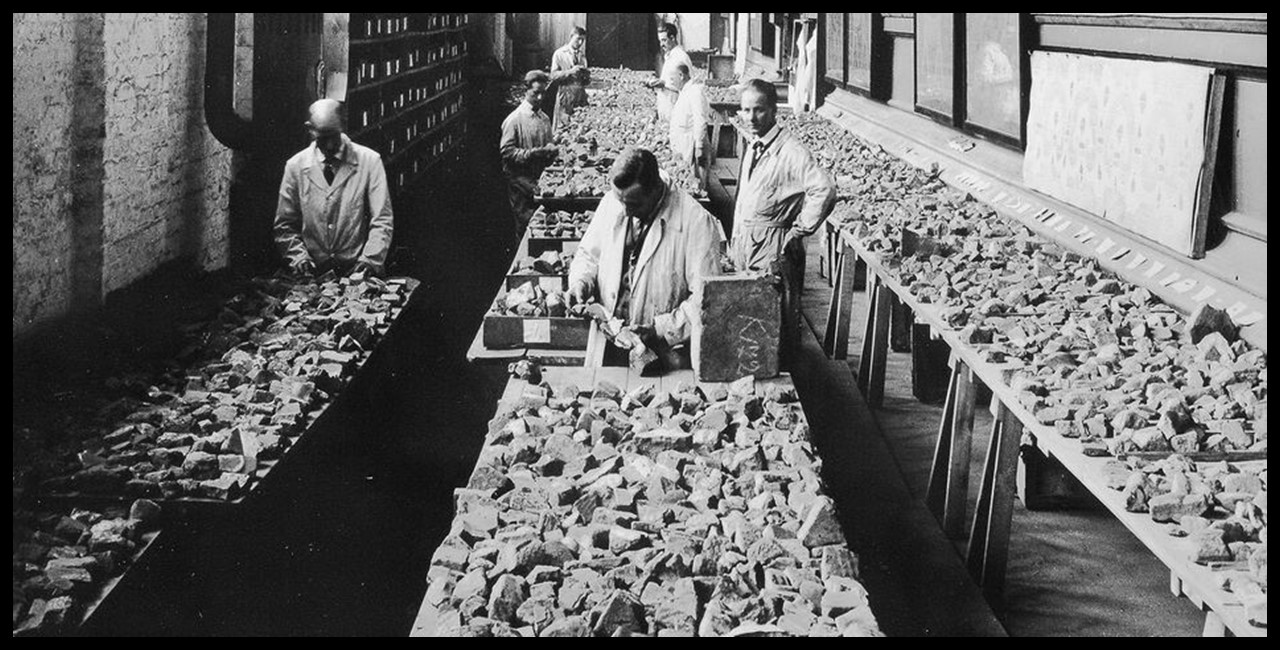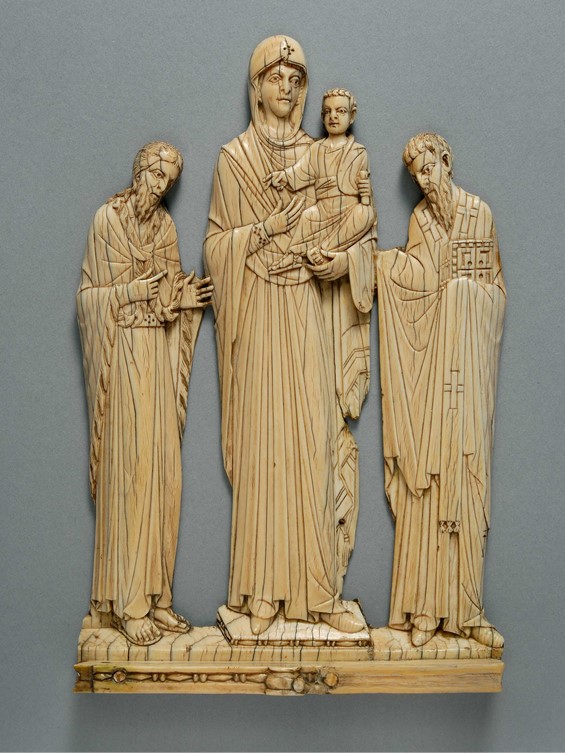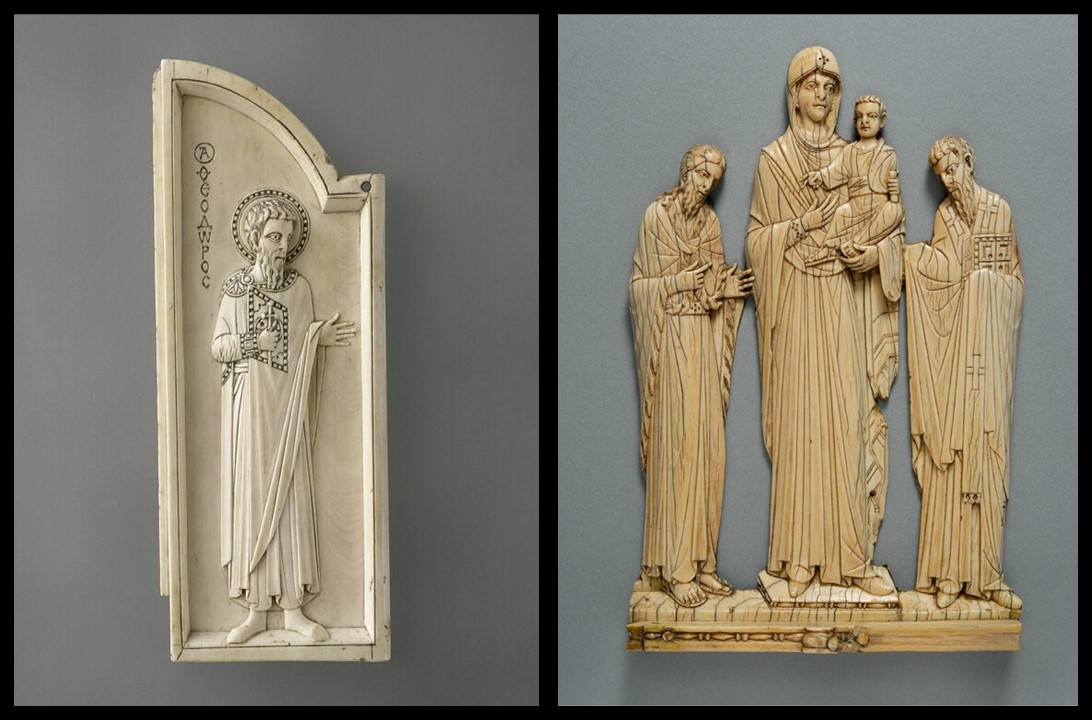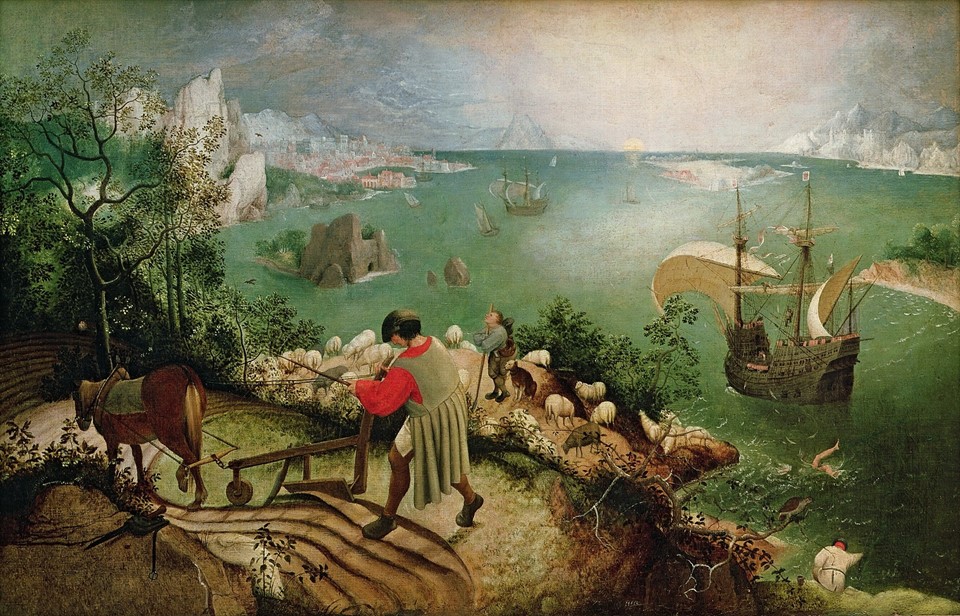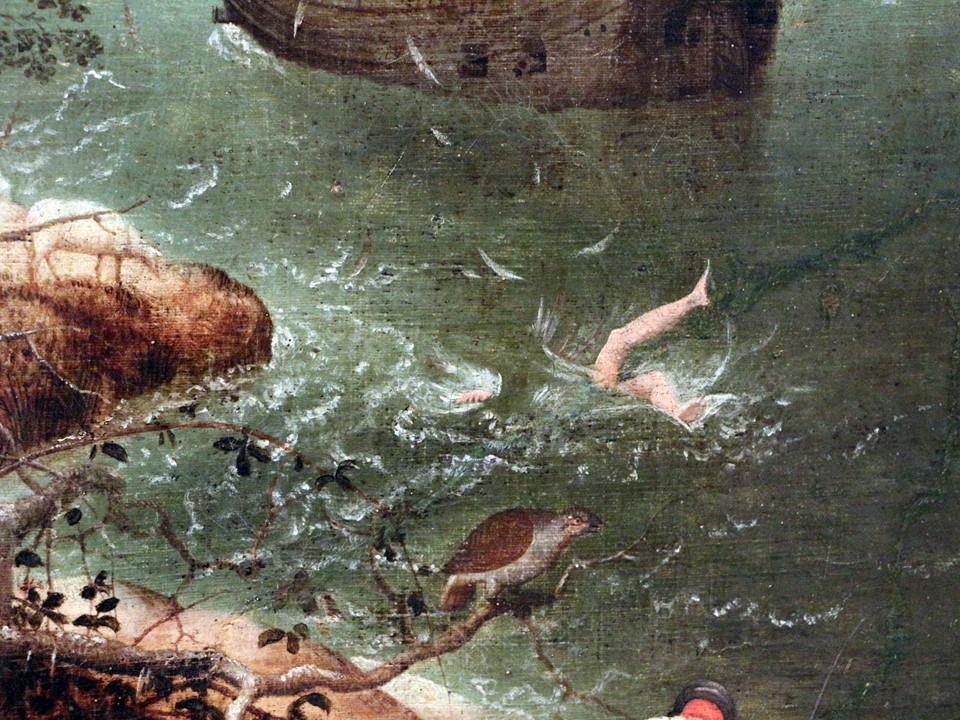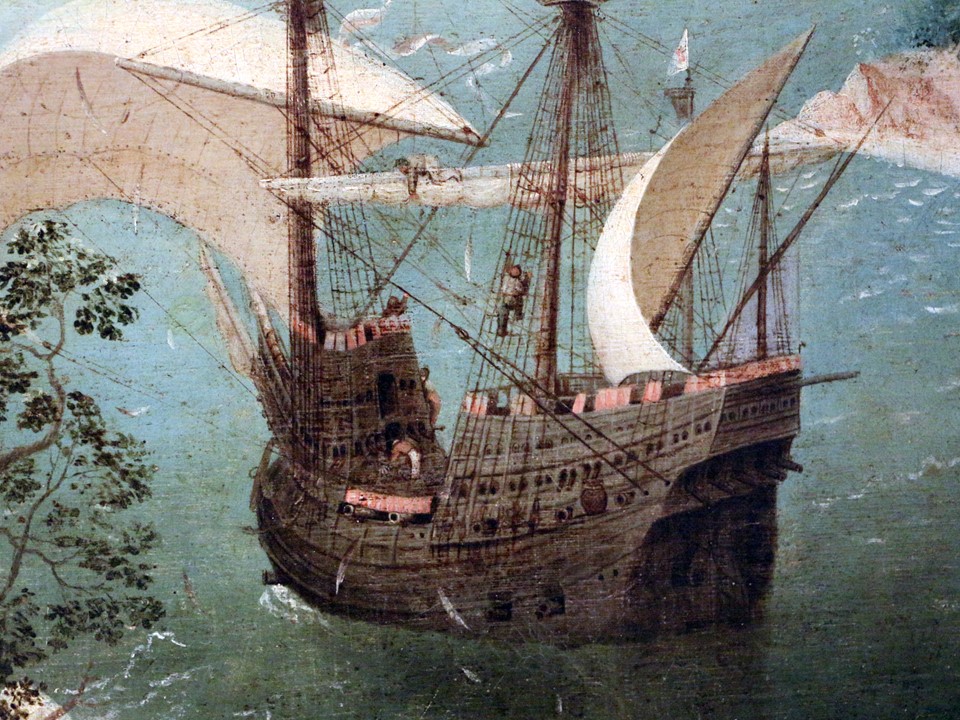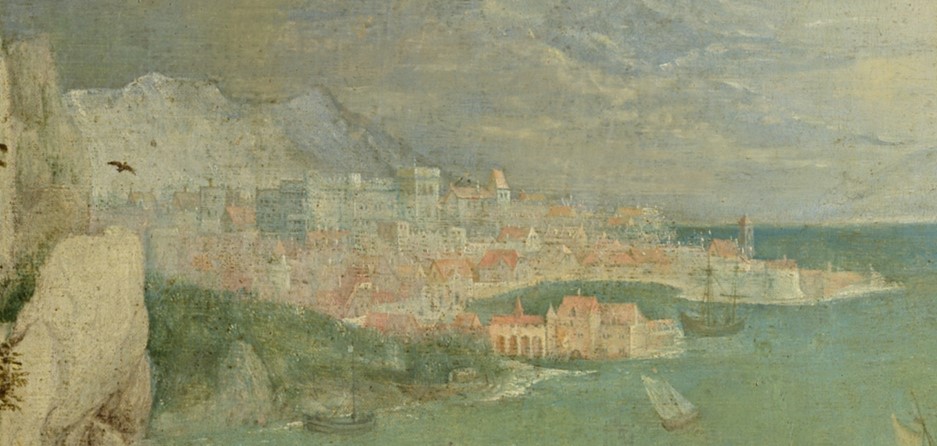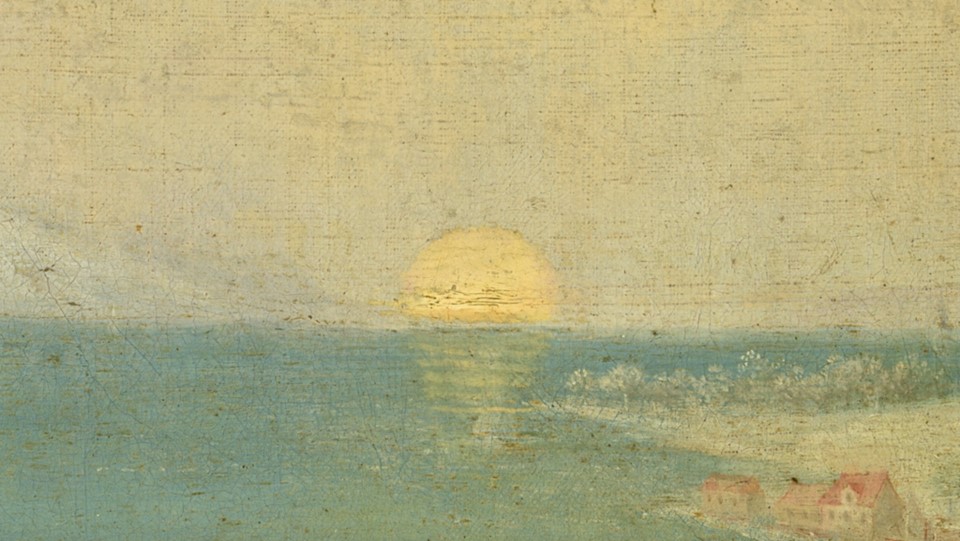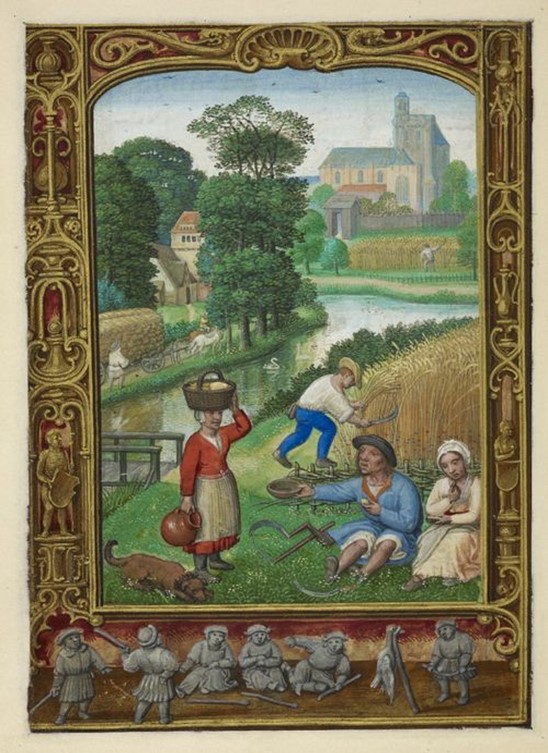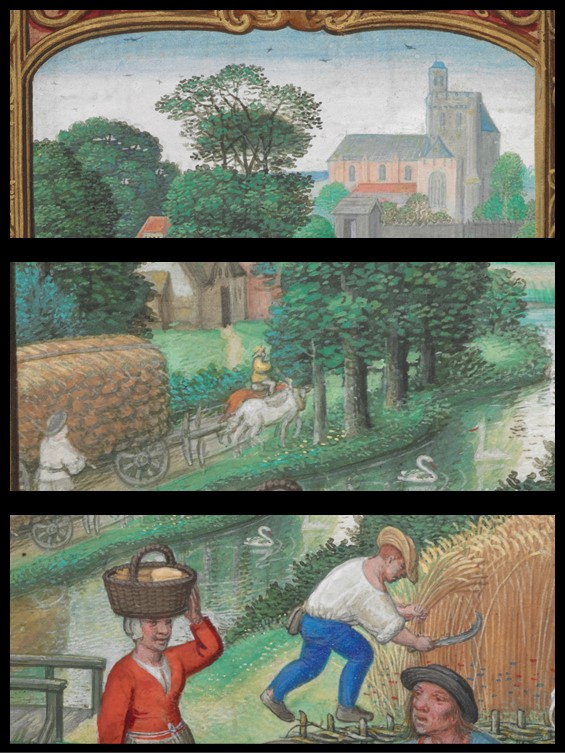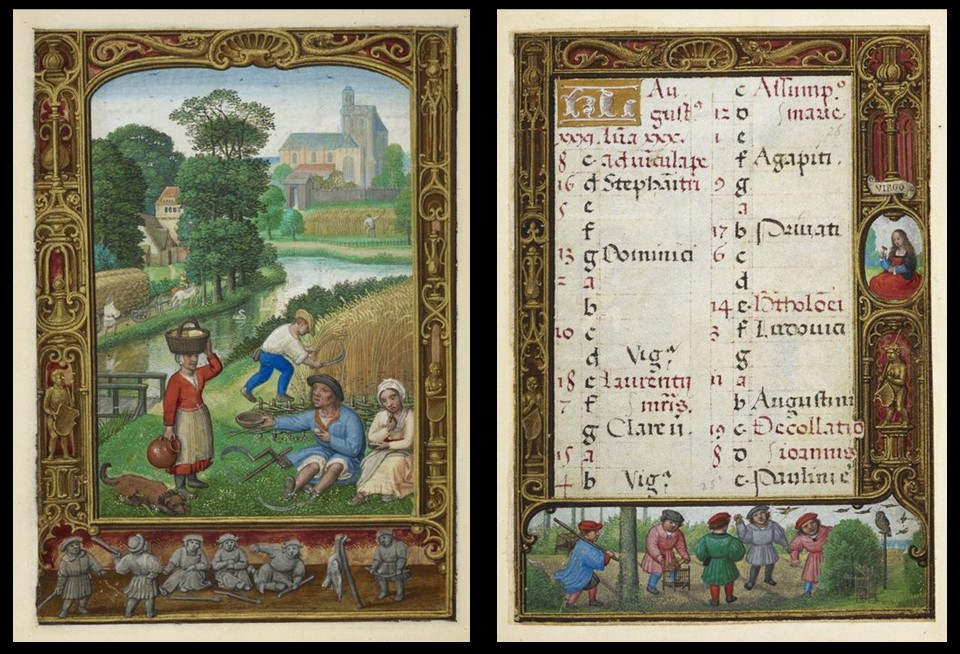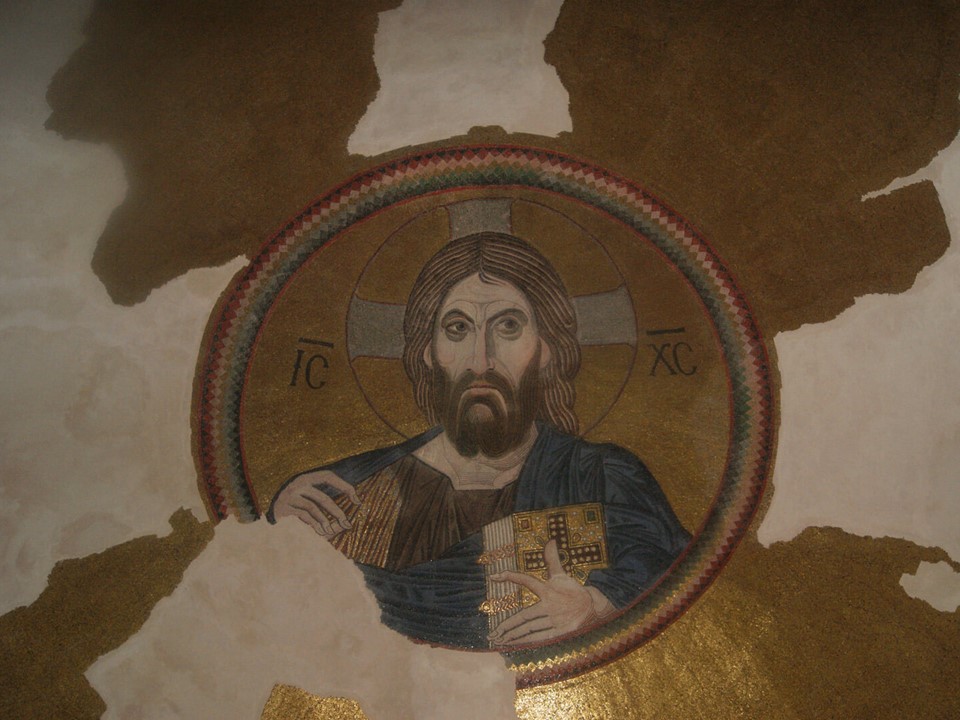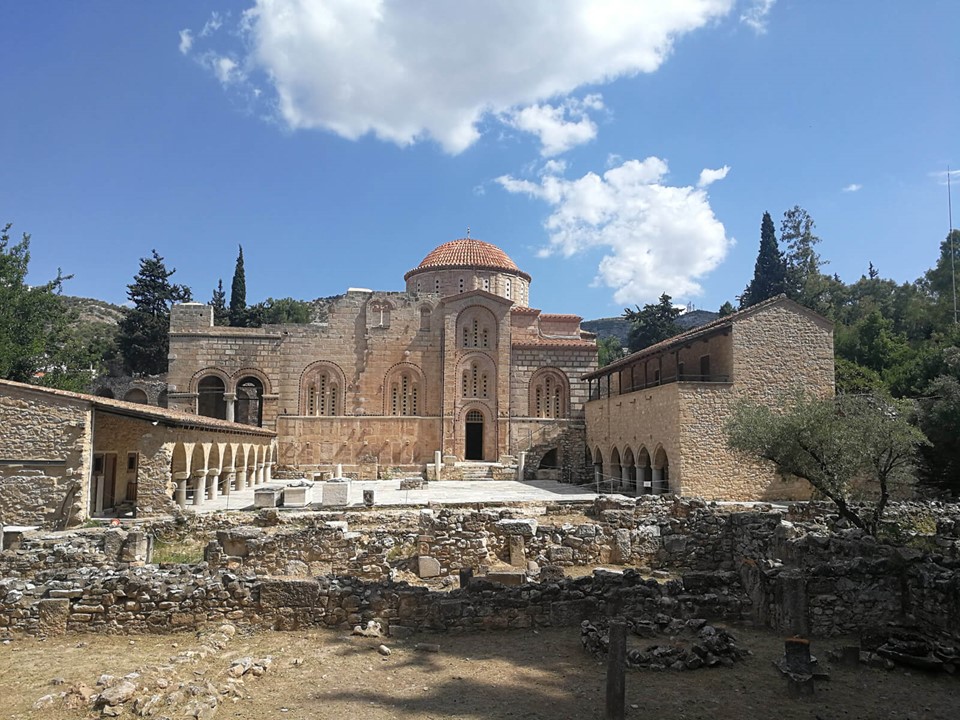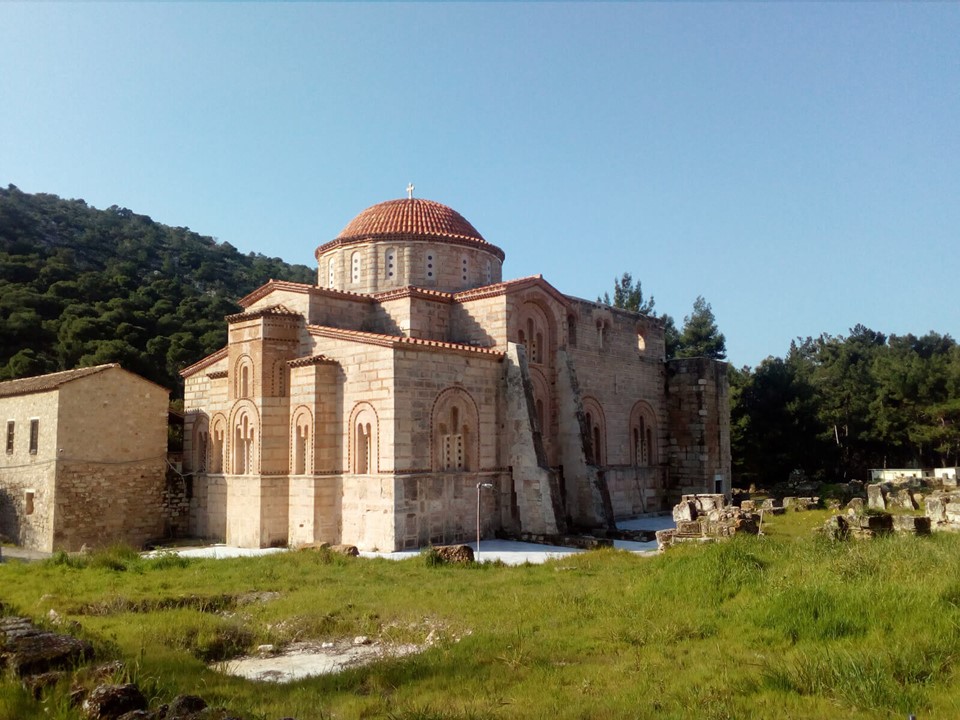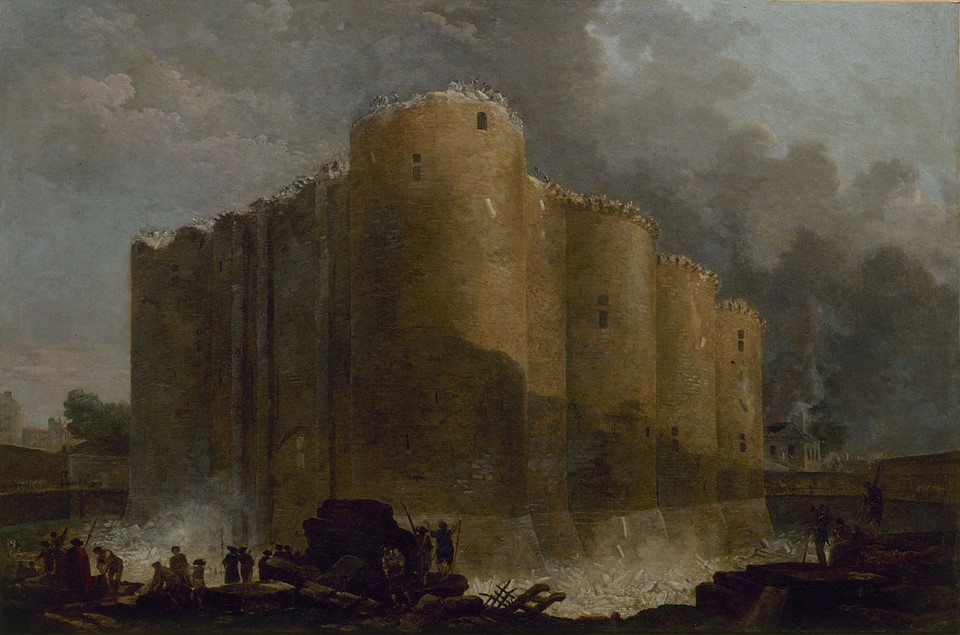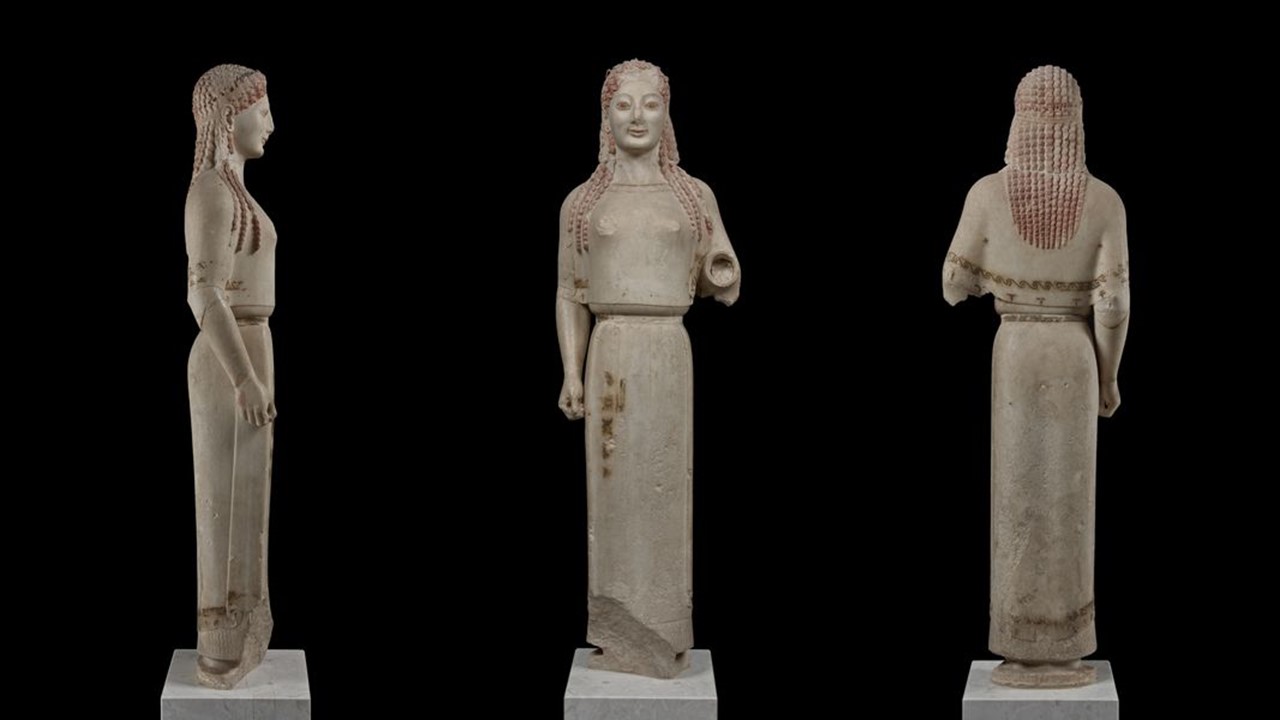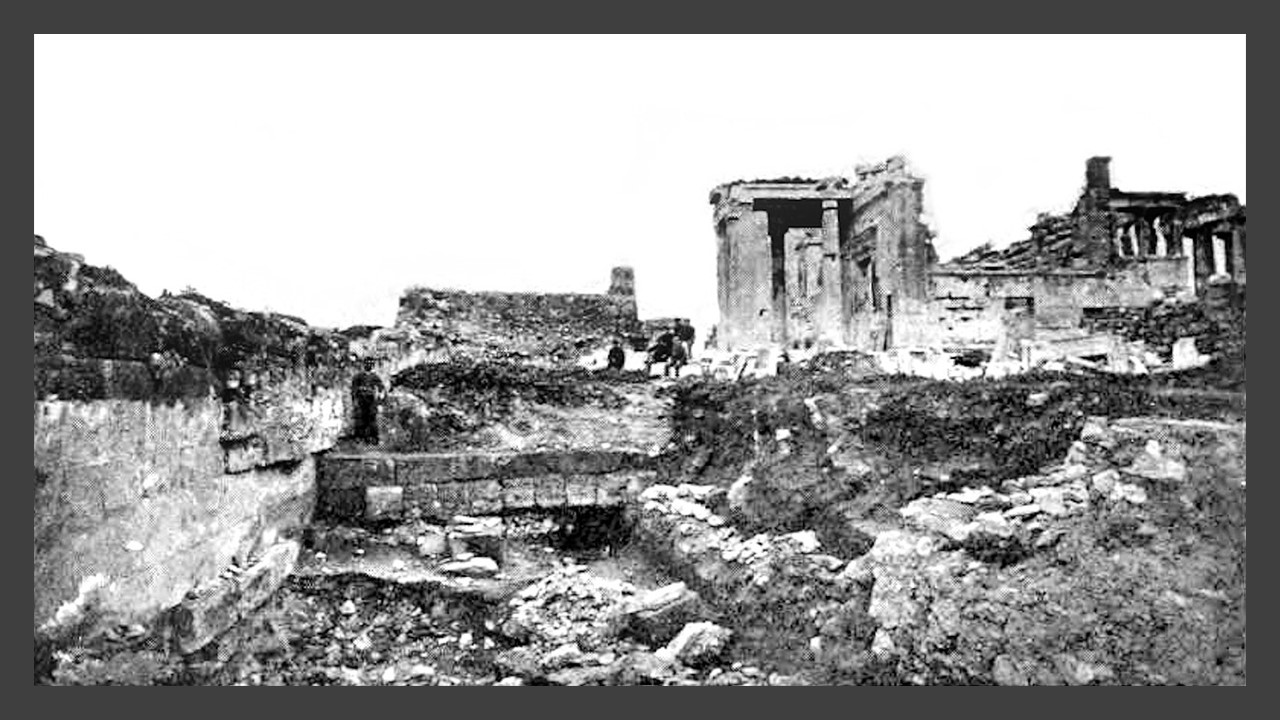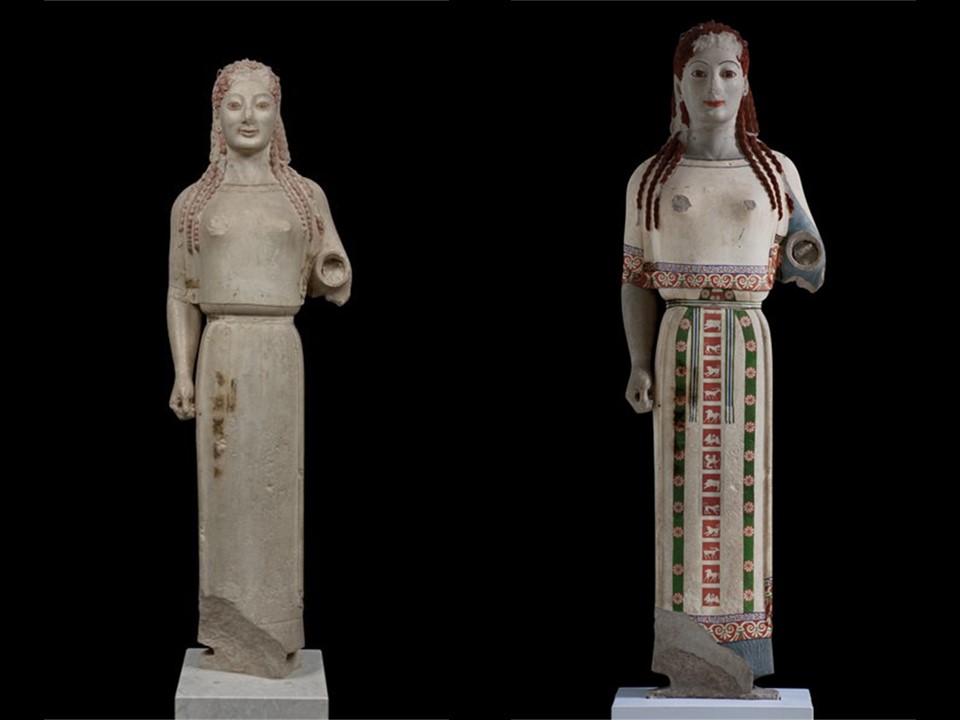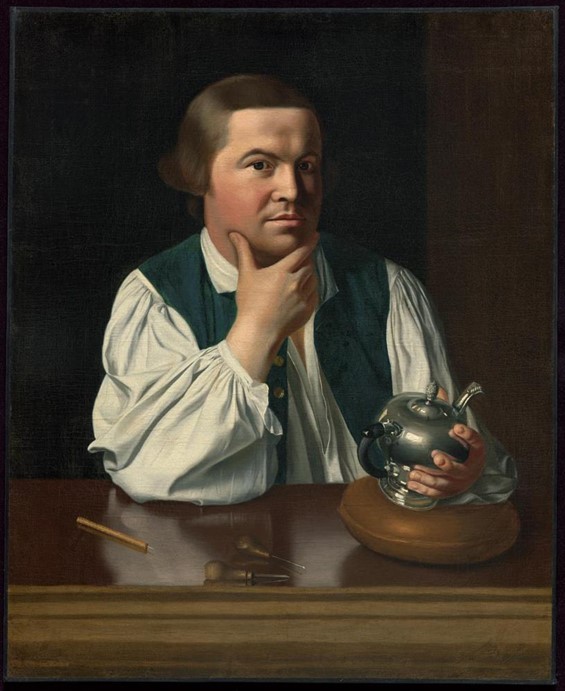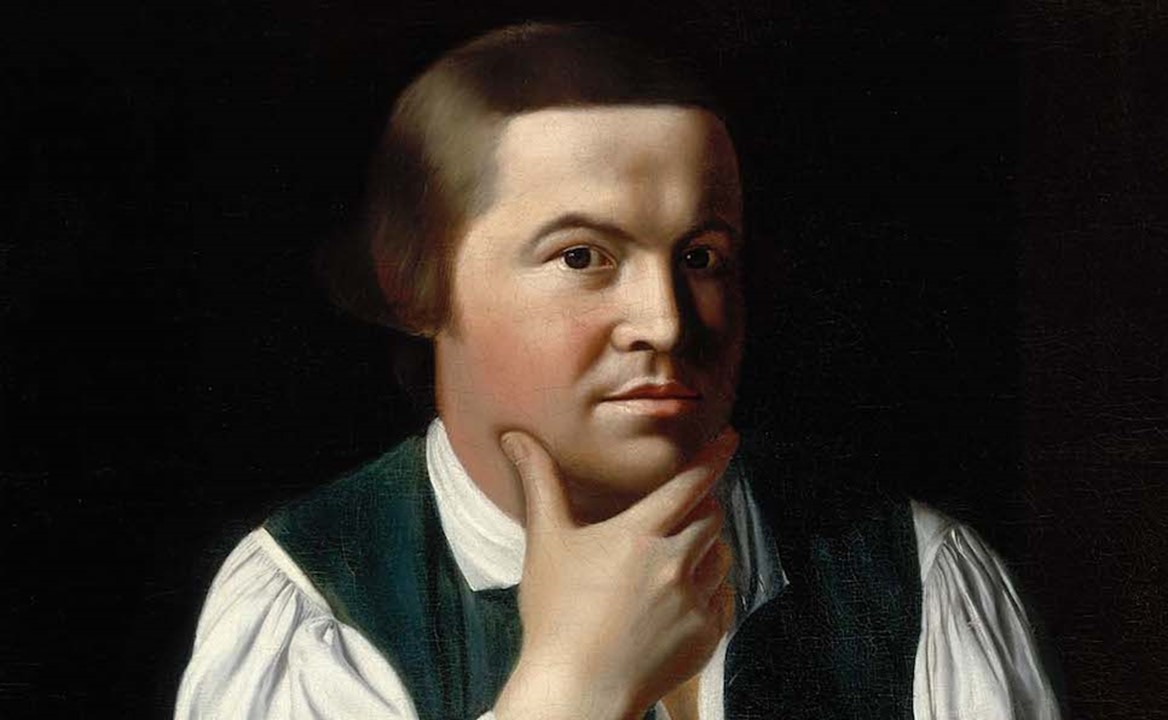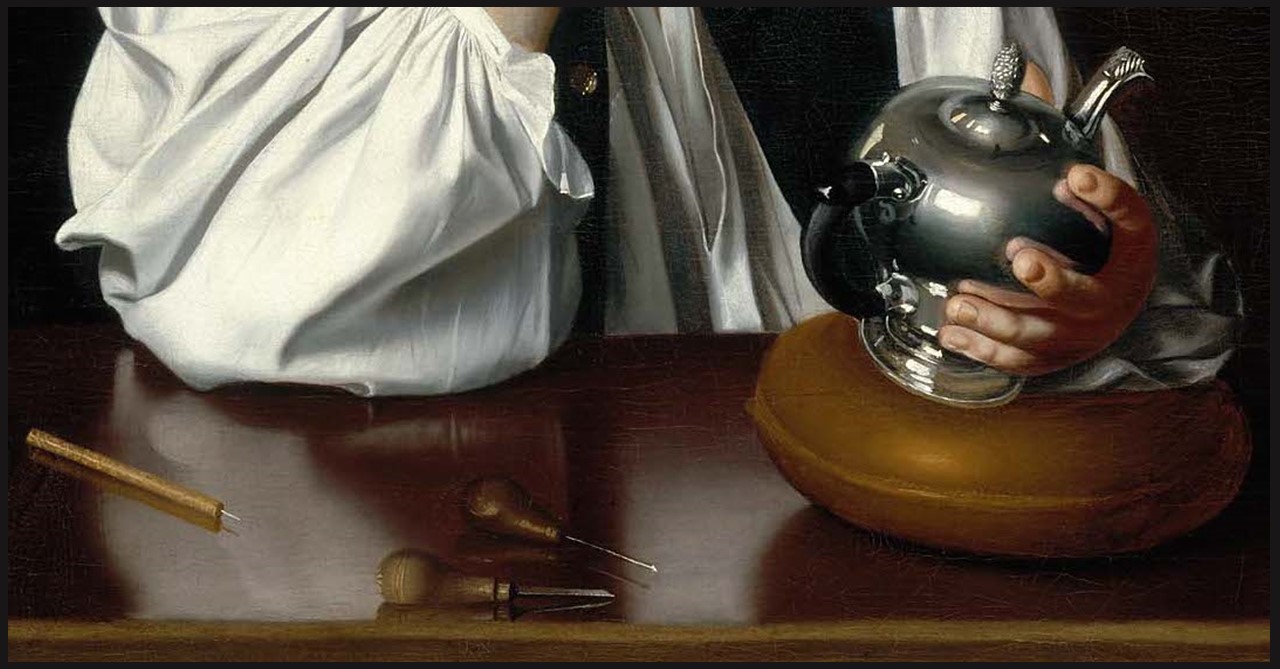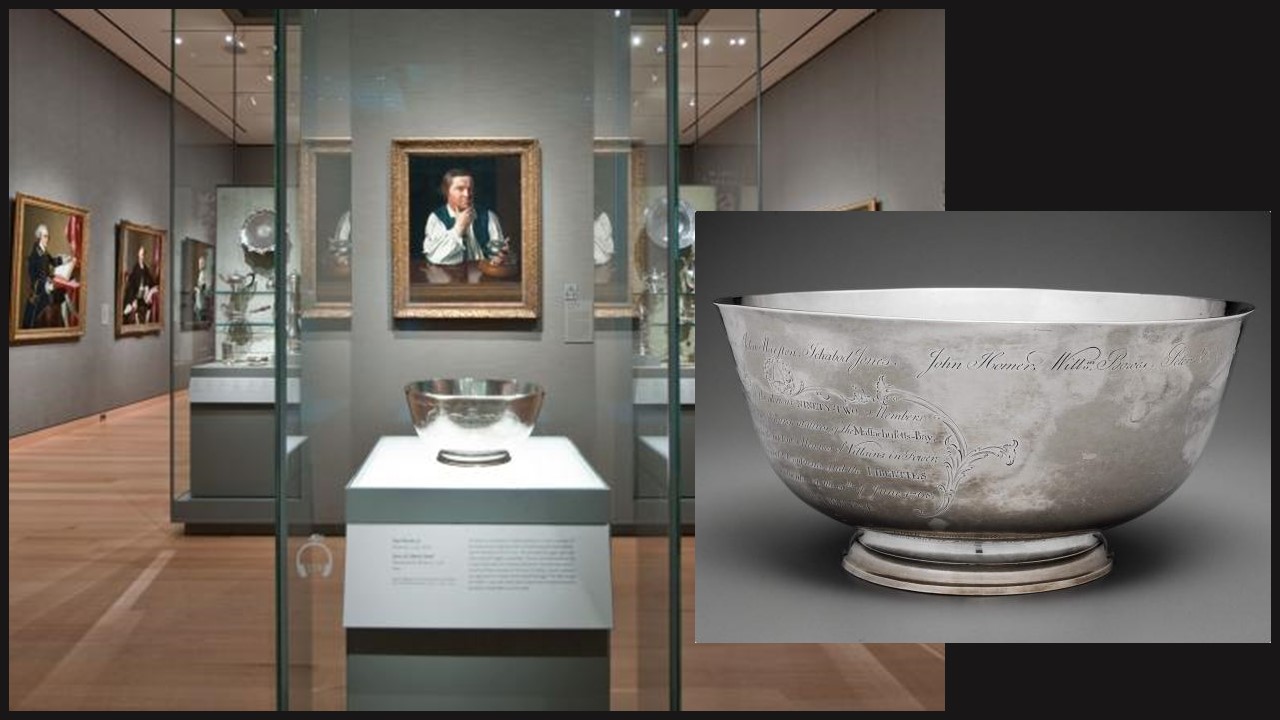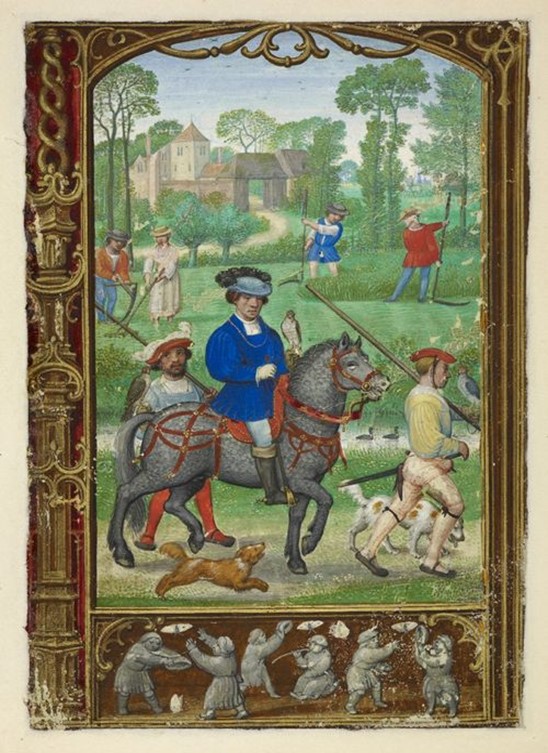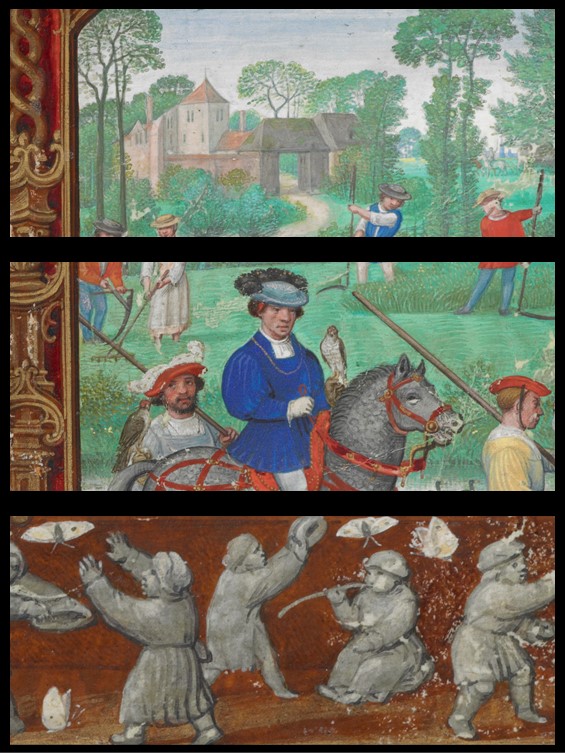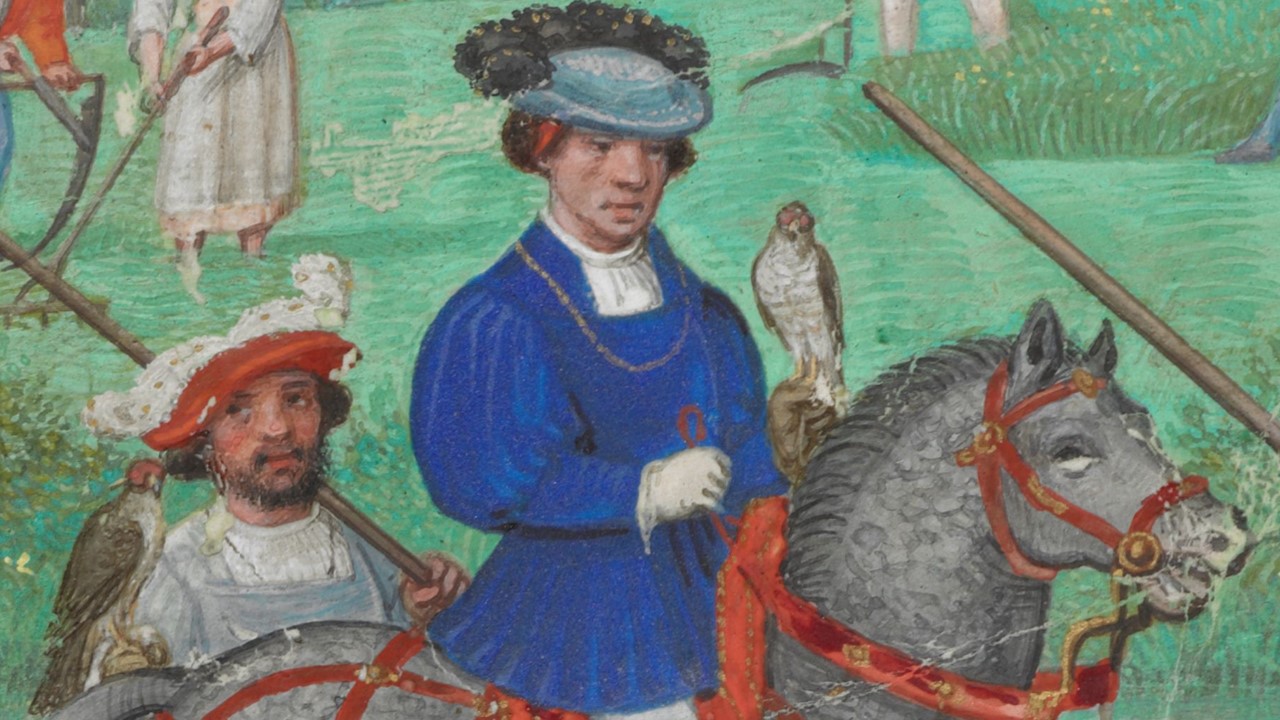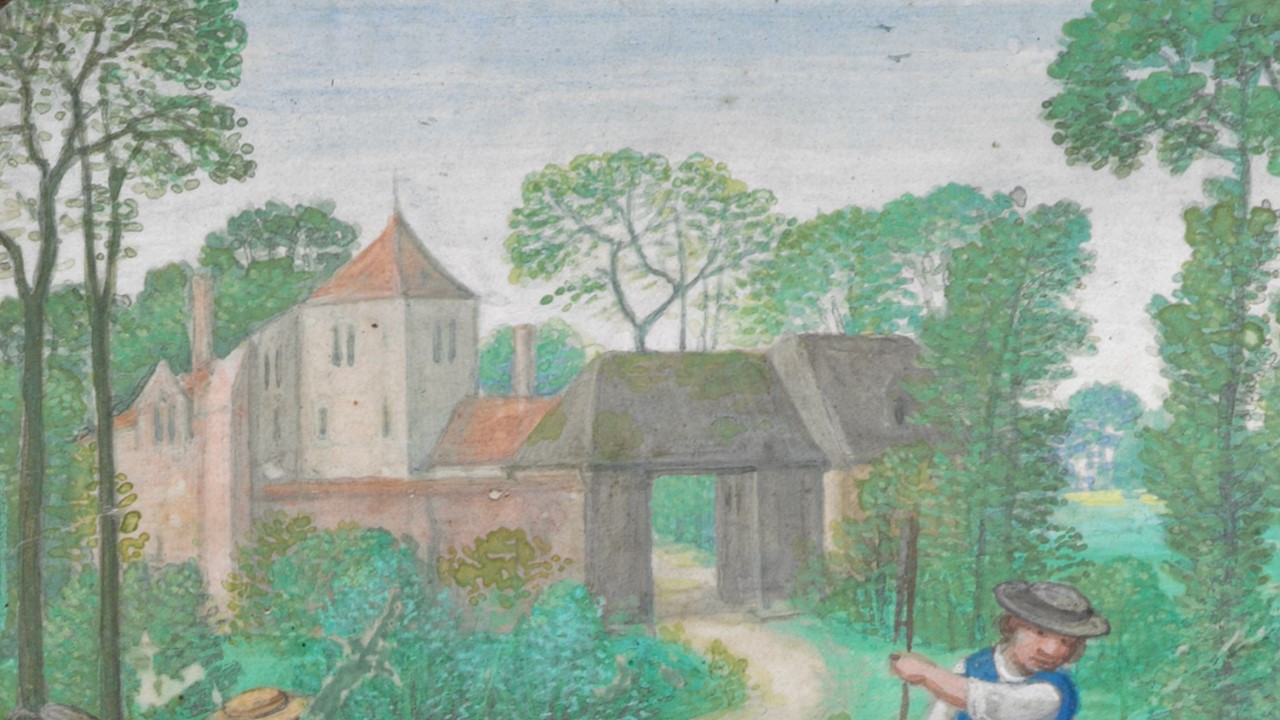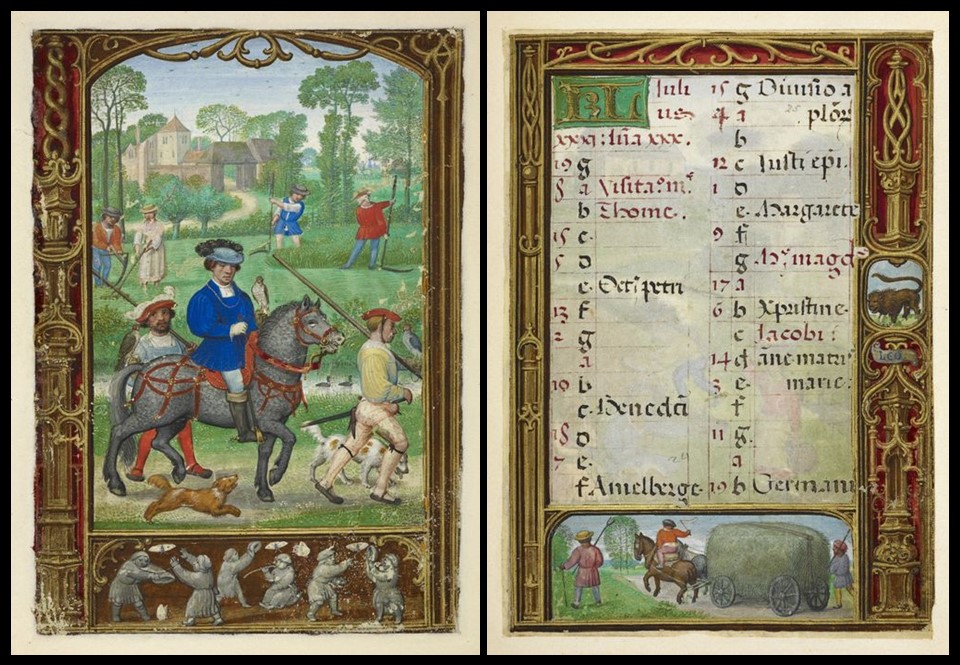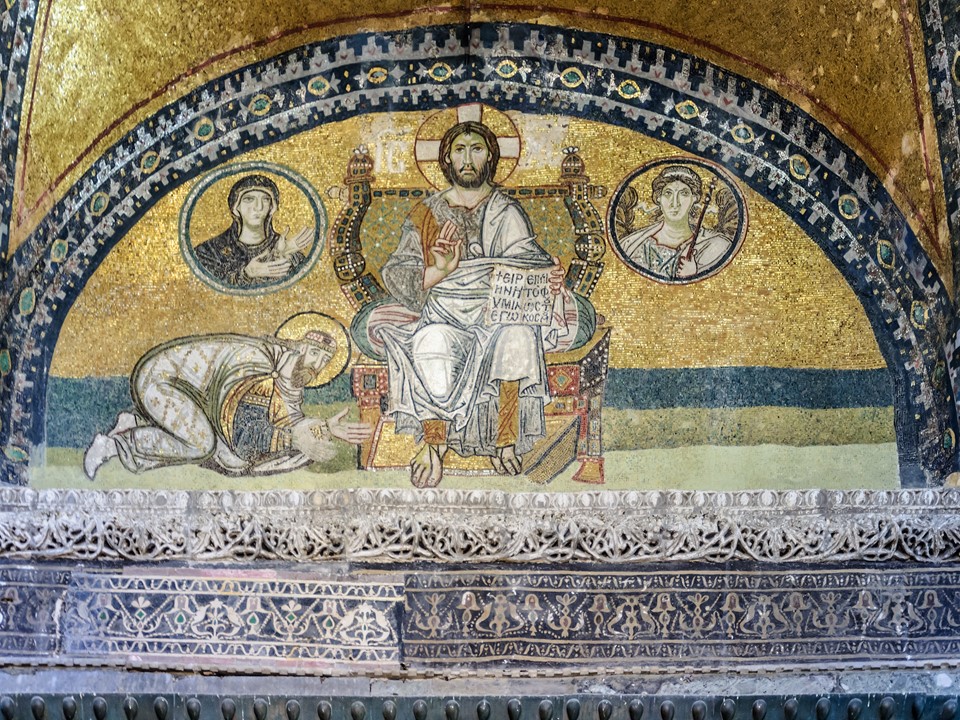
I like what the late Professor Nicolas Oikonomides wrote about the Byzantine mosaics in the vestibule and the narthex of the Great Church of Hagia Sophia… The imperial mosaics of Saint Sophia, beyond their artistic value, are of considerable historical importance… and… mosaics were made in the hope that they would survive ad saecula saeculorurn. Consequently, although representing a particular scene, or event, or idea that prevailed at the time of their composition, they were also supposed to bequeath their presumably understandable message to future generations. I am reading his article, Leo VI and the Narthex Mosaic of Saint Sophia, follow his steps, and learn interesting facts about the Enthroned Christ and Emperor Leo VI the Wise, the mosaic decorating the lunette over the Imperial Door of the Great Church. Dumbarton Oaks Papers, Vol. 30 (1976), pp. 151+153-172 (26 pages) https://www.jstor.org/stable/1291393 and http://archive.eclass.uth.gr/eclass/modules/document/file.php/SEAD336/Oikonomides-Leo%20VI.pdf
In 1930 Thomas Whittemore, an American scholar, archaeologist, and restoration expert founded the Byzantine Institute of America and in 1931 took over the responsibility of recovering the mosaics of Hagia Sophia after receiving the approval of the founder of the Turkish Republic, Kemal Ataturk, who turned Hagia Sophia into a museum four years later. 1n 1933 Whittemore uncovered and restored the mosaic decorating the lunette over the Imperial Door of Hagia Sophia. This mosaic, featuring the enthroned Christ in the center, a Byzantine Emperor in a prostrate position to his right, Whittemore identified him as Leo VI the Wise, and two medallions presenting the Mother of God and the Archangel Gabriel, is most unusual-a hapax in Byzantine art, according to Nicolas Oikonomides. https://greekreporter.com/2020/07/14/the-american-who-restored-hagia-sophias-ancient-mosaics-to-their-former-glory/ and The Mosaics of St. Sophia at Istanbul by Thomas Whittemore, American Journal of Archaeology, Vol. 42, No. 2 (Apr. – Jun. 1938), p 220 https://www.jstor.org/stable/499667?read-now=1&refreqid=excelsior%3A6760f2942e2ab709e12081a284c41584&seq=3#page_scan_tab_contents and file:///C:/Users/aspil/OneDrive/Blog/Byzantium%20Mosaics/Leo%20the%20Wise%20Oikonomides.pdf
Byzantinologists agree that the Hagia Sophia Mosaic over the Imperial Door (Christ and Emperor Leo VI, the Wise) is to be dated to the second half of the ninth century or the beginning of the tenth. There is a disagreement, however, over the meaning of the whole composition, on which Oikononides gives an explanation I find interesting. file:///C:/Users/aspil/OneDrive/Blog/Byzantium%20Mosaics/Leo%20the%20Wise%20Oikonomides.pdf page 154
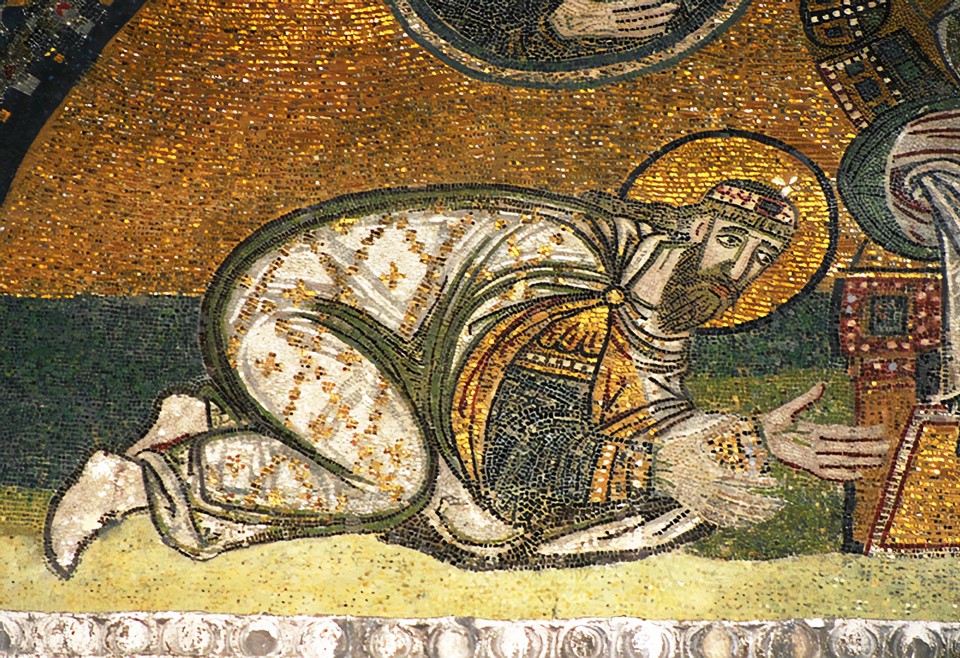
Prof. Nicolas Oikonomides presents, I believe, a very persuasive argument over the meaning of the composition. He stresses the idea of how unique and unusual the theme of an emperor prostrating himself in front of Christ is in Byzantine imperial iconography and questions… Is the depicted Emperor exhibiting extreme humiliation or repentance? Oikonomides is in favor of repentance over humiliation. To support his case, he recalls that the initial meaning of the Greek word μετάνοια is repentance. He also recalls that since early Byzantine times, the same term, μετάνοια. is used by Orthodox Greeks to mean prostration, because prostration was-and still is, an act of penance, a normal way for the Orthodox Greeks to show repentance. He then compares the Emperor depicted in the Hagia Sophia mosaic to famous manuscript illuminations depicting the Repentance of David, the Biblical King, and he concludes that the Hagia Sophia mosaic of an Emperor in a prostrate position shows a repentant emperor. file:///C:/Users/aspil/OneDrive/Blog/Byzantium%20Mosaics/Leo%20the%20Wise%20Oikonomides.pdf Pages 154-158
For a Student Activity, please… Check HERE!
